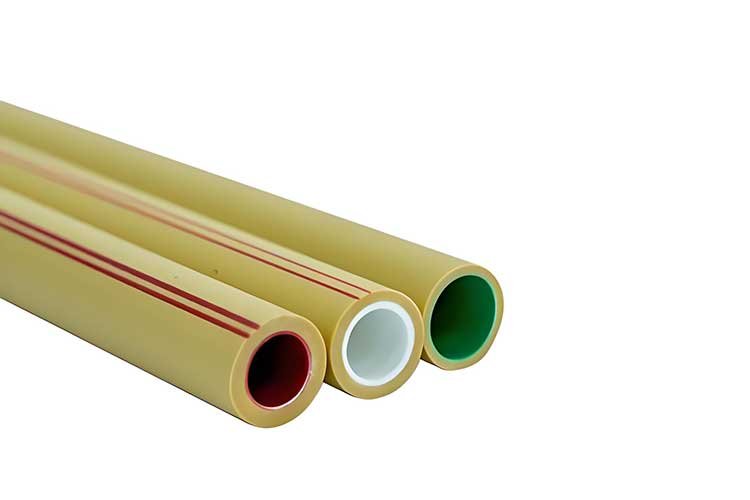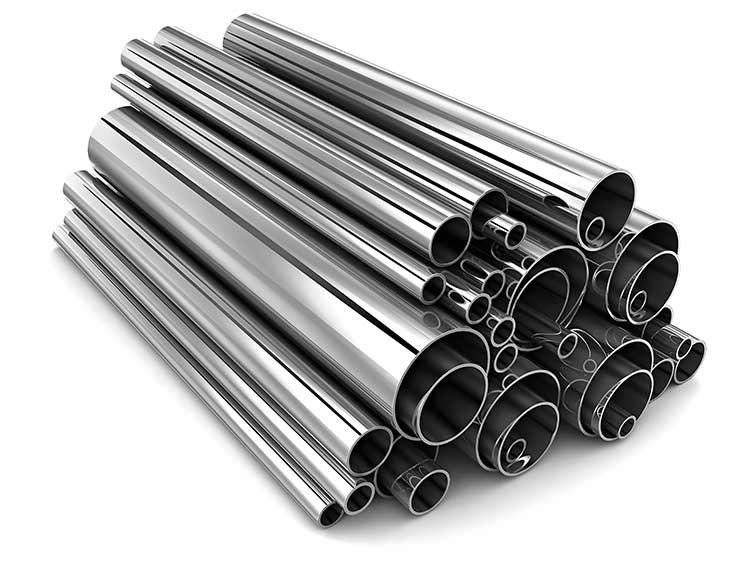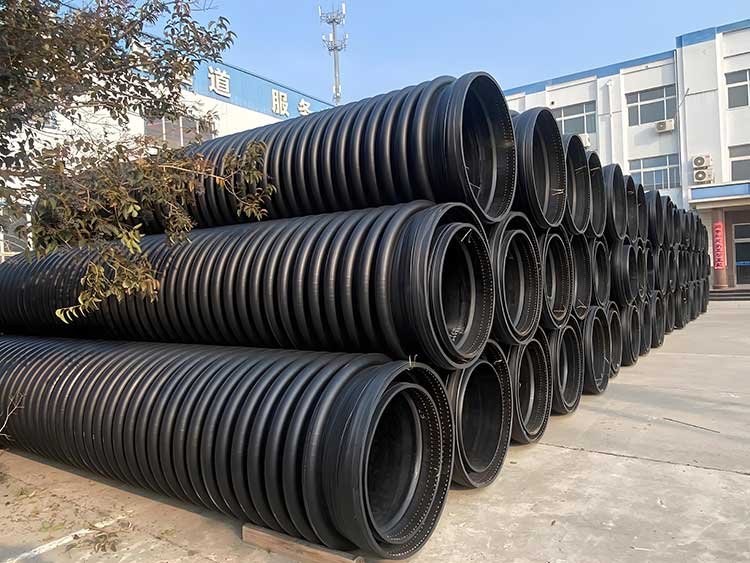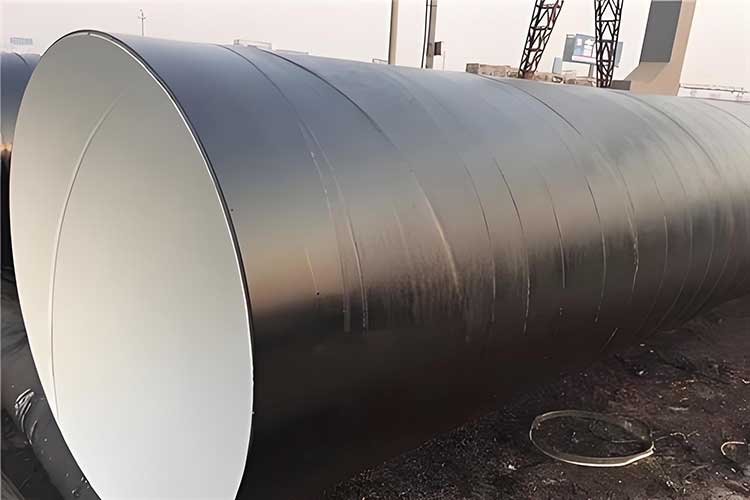3 Hdpe Pipe
Send Your Inquiry Today
3 Hdpe Pipe Manufacturer
3 HDPE pipe is a high-performance plastic pipe that has become a substitute for traditional metal pipes and concrete pipes due to its excellent physical and chemical properties.
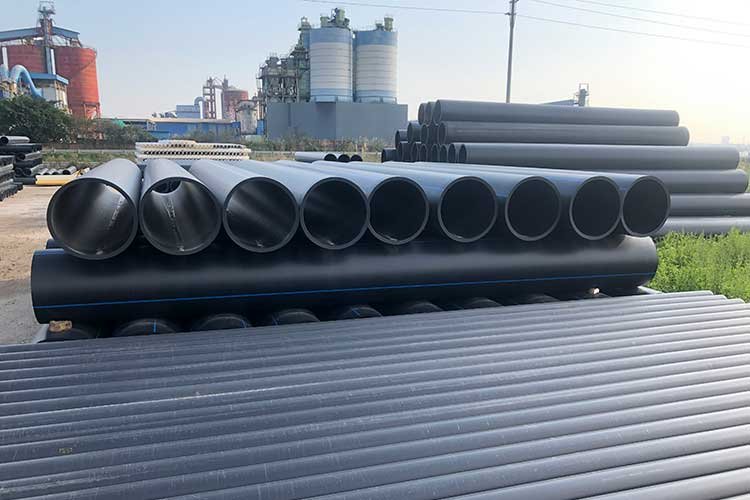
3 HDPE Pipe Features
Physical Properties
Flexibility: The bending radius can be ≥25 times the pipe diameter, adapting to foundation settlement or terrain undulations and reducing the number of joints.
Lightweight: The density is about 0.94-0.96g/cm³, and the weight is only 1/8 of that of a steel pipe, with low transportation and installation costs.
Chemical Properties
Corrosion resistance: Resistant to acid, alkali, salt solution (pH4-10), and soil corrosion, no additional anti-corrosion treatment is required, and the service life is more than 50 years.
Low permeability: The molecular structure is dense, and the water vapor permeability is less than 0.01g/(m・d), which prevents leakage of media or infiltration of external pollutants.
Mechanical Properties
High strength: PE100 grade tensile strength ≥26MPa, strong resistance to internal pressure (such as SDR11 pipe pressure resistance 1.0MPa), excellent external pressure impact resistance (-40℃ drop hammer impact pass rate ≥90%).
Thermal Properties
Temperature range: -40℃ to +60℃ for long-term use, +70℃ for short-term use, suitable for temperate to cold climates.
Hot melt: The interface can be integrated through hot melt butt welding and electric fusion connection. The strength is higher than the pipe body and the sealing is reliable.
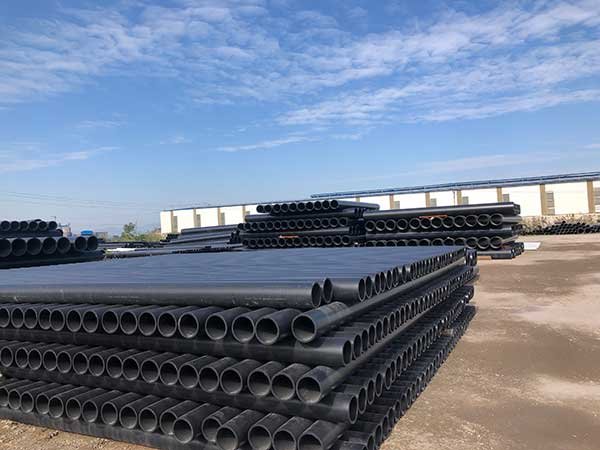
3 Hdpe Pipe Application Fields
3 HDPE pipe is widely used in many fields due to its excellent performance:
Water supply network:
Replace cast iron pipes to transport domestic water
Chemical industry:
Transport acid and alkali solutions, industrial wastewater; Food industry: transport pure water, beverage raw materials, meet hygiene requirements.
Cable protection sleeve:
Protect power and communication cables when laid underground, resist soil stress and insect gnawing.
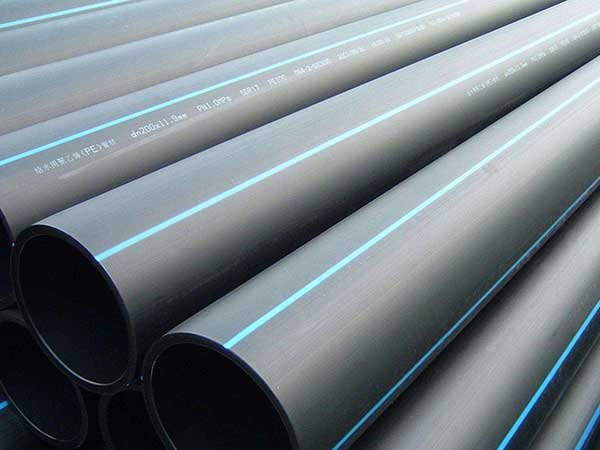
Construction and Installation Specifications
- Hot-melt connection: suitable for straight pipe connection, special hot-melt machine is required, heating temperature is 210±10℃, cooling time is ≥30 minutes, and interface strength reaches more than 90% of the pipe bod
- Electric fusion connection: suitable for pipe fittings (such as tees and elbows), the pre-buried resistance wire is heated and fused by the electric fusion machine, and the voltage (such as 220V) and heating time (about 90-120 seconds) must be strictly controlled.
- Flange connection: used when connecting with metal pipes or equipment, HDPE flange root and rubber sealing ring are required, and the bolt torque is uniform to prevent leakage.
- Construction precautions: When buried underground, the covering depth should be ≥0.7m (≥1.2m for anti-freezing in cold areas), and avoid contact with sharp stones; for hot-melt connections, ensure that the interface is clean to prevent impurities from affecting the strength.
Related Articles
PVC Corrugated Pipe vs. HDPE Corrugated Pipe: What are the Differences?
In large-scale engineering projects, corrugated pipes are essential protective conduits for power, communications, and other…
What is PPR pipe
PPR pipe play a key role in many industries. They can be used for heating…
Stainless Steel Pipe–Selection Guide
Stainless steel pipe are widely used in various industries, from petrochemicals to food processing, from…
What is HDPE Carat Pipe?
What is a carat pipe Carat Pipe is a hot-wound high-density polyethylene (HDPE) spiral-wound structural…
Thirteen types of municipal pipe materials
Municipal pipelines, a crucial component of urban infrastructure, drain rainwater from urban surfaces, provide industrial…
HDPE Siphonic Stormwater Pipe Installation and Construction
The roof rainwater drainage system uses HDPE siphon rainwater pipes, which can quickly and effectively…

